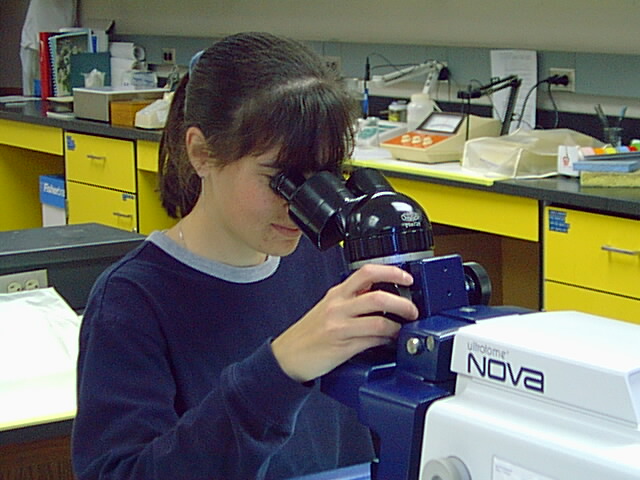| Alcohol | Time |
| 50% alcohol | 15 minutes |
| 75% alcohol | 15 minutes |
| 95% alcohol | 15 minutes |
| 100% alcohol | 30 minutes |
| 100% alcohol | 30 minutes |
| 100% alcohol | 30 minutes |
| Propylene Oxide | 30 minutes |
| Propylene Oxide | 30 minutes |
| Mixture | Time |
| Propylene Oxide/resin 2:1 | 2 hours |
| Propylene Oxide/resin 1:2 | Overnight |
| Propylene Oxide/resin 1:2 | 2 hours |

|